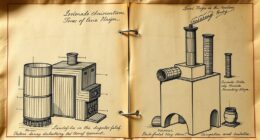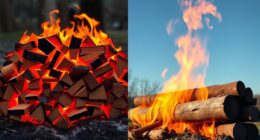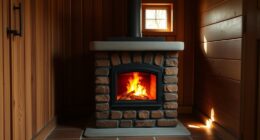I possess expert knowledge on the best temperature for operating your Lopi wood stove. Trust me, finding the ideal temperature is crucial for achieving optimal efficiency.
In this article, I’ll share the factors you need to consider, the tips to achieve the ideal heat balance, and the importance of airflow and temperature control.
Don’t make the common mistakes of burning too hot. Let’s dive in and find that sweet spot for your Lopi wood stove.
Key Takeaways
- The optimal temperature range for a Lopi wood stove is 400-600 degrees Fahrenheit.
- Factors such as wood type, air supply, stove design, and weather conditions can affect the burning temperature.
- Achieving the perfect balance of heat requires choosing the right wood, controlling air supply, understanding stove design, and considering weather conditions.
- Proper airflow and temperature control are important for maximizing efficiency, preventing creosote buildup, and minimizing pollutants.
Understanding Optimal Temperature Range for Lopi Wood Stoves
I find it important to know the optimal temperature range for my Lopi wood stove. Understanding this range is crucial for efficient and safe operation.
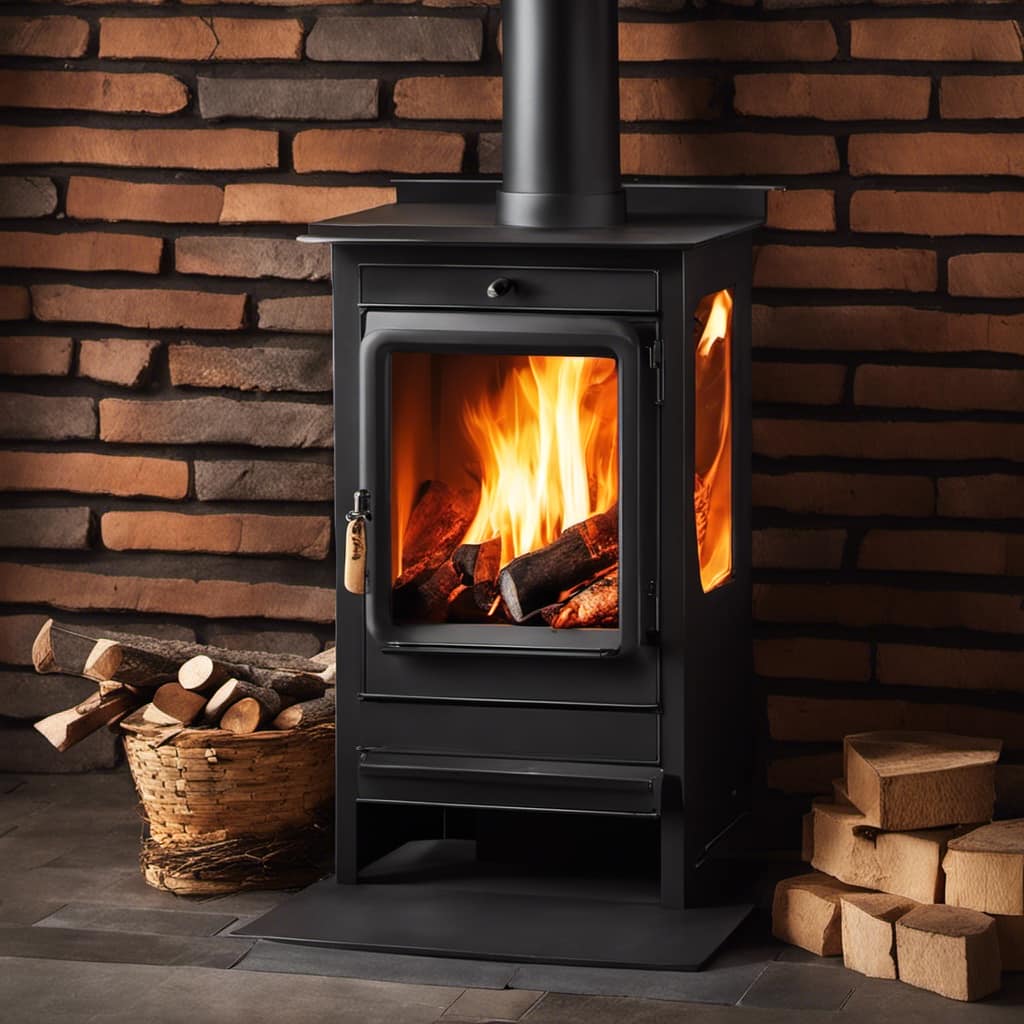
The optimal temperature range for a Lopi wood stove is typically between 400 and 600 degrees Fahrenheit. Burning within this range ensures complete combustion of the fuel, resulting in a cleaner and more efficient burn.
It’s essential to use high-quality, dry wood as the optimal fuel for your Lopi wood stove. Wet or green wood can lead to incomplete combustion, which can result in excessive creosote buildup in the chimney.
Regular chimney maintenance is also important to prevent the buildup of creosote and ensure proper ventilation.
Now that we know the optimal temperature range, let’s explore the factors to consider when determining the burning temperature for your Lopi wood stove.
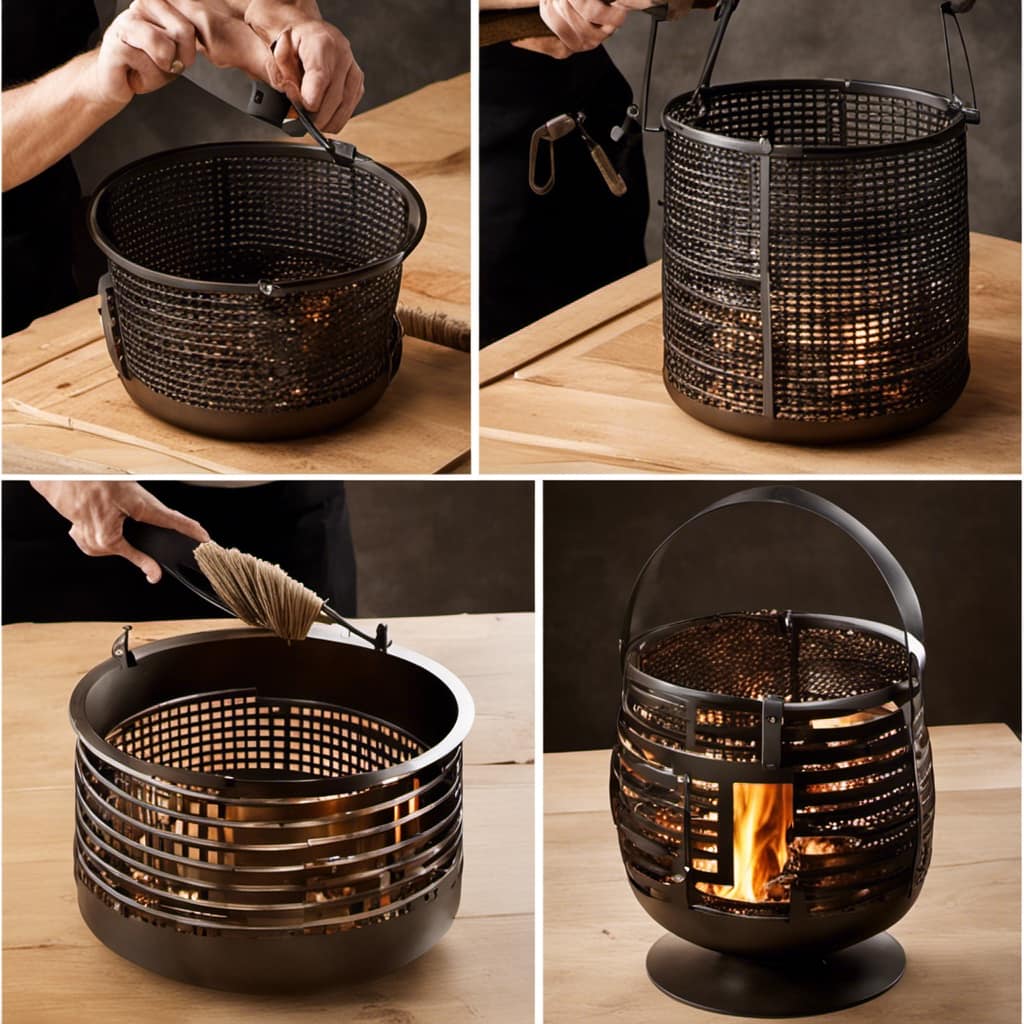
Factors to Consider When Determining Burning Temperature for Your Lopi Wood Stove
When determining the burning temperature for my Lopi wood stove, there are several factors to consider. Achieving optimal burning and temperature control is crucial for efficient and safe operation. Here are some key factors to keep in mind:
| Factors to Consider | Impact on Burning Temperature |
|---|---|
| Wood Type | Different wood species have varying burning properties, such as density and moisture content, which affect the required burning temperature. |
| Air Supply | Proper airflow is essential to control the burning temperature. Adjusting the air intake regulates the amount of oxygen available for combustion. |
| Stove Design | The design of the Lopi wood stove, including its size, insulation, and combustion system, influences the burning temperature range it can achieve. |
| Weather Conditions | Cold weather may require higher burning temperatures to maintain desired heat output, while warmer weather may necessitate lower temperatures to prevent overheating. |
Tips for Achieving the Perfect Balance of Heat in Your Lopi Wood Stove
Achieving the perfect balance of heat in my Lopi wood stove requires careful consideration of factors such as wood type, air supply, stove design, and weather conditions.
To achieve efficient burning and maximize heat output, it’s important to choose the right wood type. Hardwoods like oak and maple have a higher energy content and burn longer, providing more heat. Softwoods like pine burn quickly but produce less heat.
Controlling the air supply is crucial. Too much air can lead to a fast burn rate and wasted heat, while too little air can result in incomplete combustion and reduced heat output. Understanding the stove design is also important. Some stoves have secondary burn systems that increase efficiency by burning off excess gases.
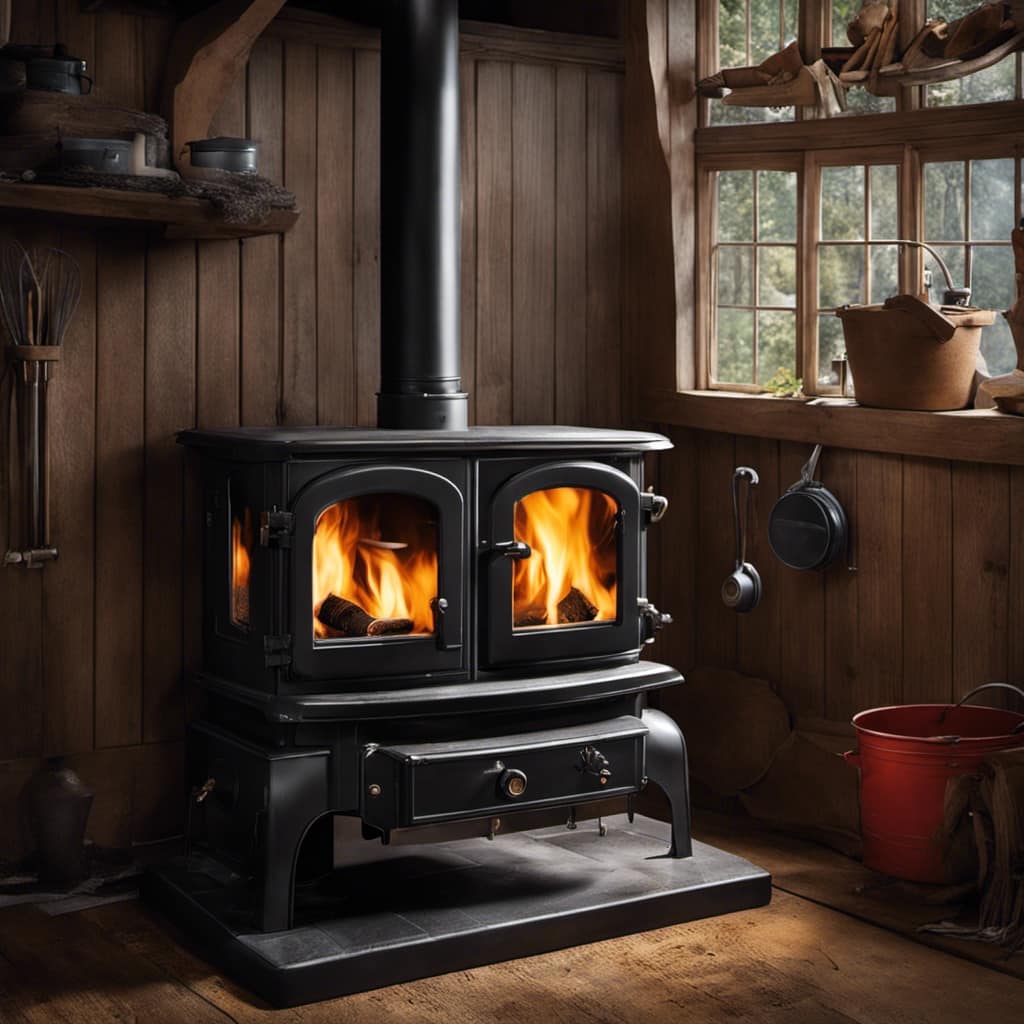
Lastly, weather conditions play a role. Cold weather requires more heat output, while milder weather may require less.
The Importance of Proper Airflow and Temperature Control in Lopi Wood Stoves
Proper airflow and temperature control are essential for maximizing the efficiency and heat output of my Lopi wood stove. Understanding the airflow dynamics within the stove is crucial in achieving optimal combustion. When the air intake is correctly adjusted, it allows for the perfect amount of oxygen to enter the firebox, promoting complete combustion of the wood.
This ensures that the fuel is burned efficiently, producing more heat and minimizing the amount of smoke and pollutants released into the environment. Additionally, maintaining the right temperature inside the stove is crucial for preventing creosote buildup and maintaining a clean burn.
Common Mistakes to Avoid When Burning Your Lopi Wood Stove at High Temperatures
I’ve noticed that one common mistake to avoid when using my Lopi wood stove at high temperatures isn’t properly adjusting the air intake for maximum airflow.
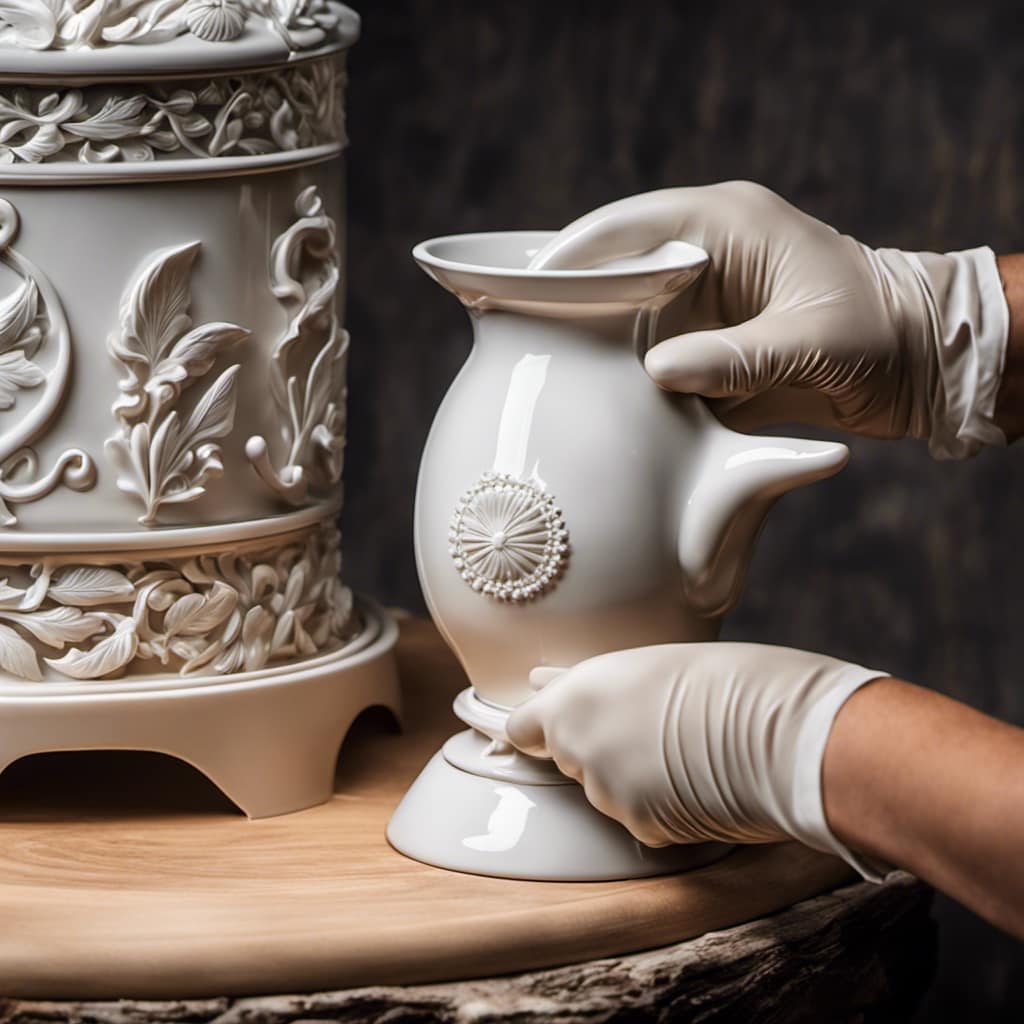
Achieving the right balance between air intake and temperature is crucial for efficient and effective burning.
When the stove is operating at high temperatures, it’s important to open the air intake fully to allow for maximum oxygen flow.
Failing to do so can result in incomplete combustion, leading to a buildup of creosote in the chimney and reduced heat output.
Additionally, not adjusting the air intake can cause the stove to overheat and potentially damage its components.
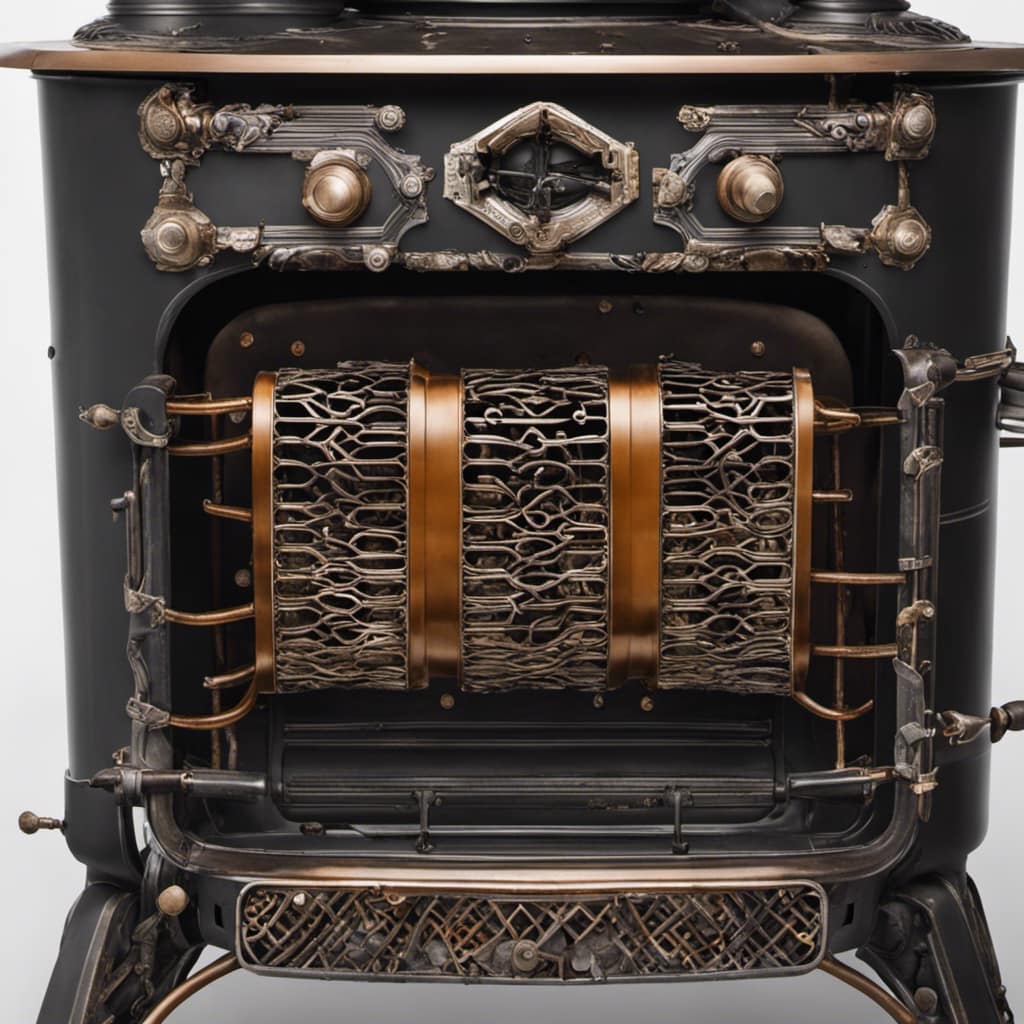
To ensure optimal performance and safety, it’s essential to pay attention to the air intake and make necessary adjustments when burning your Lopi wood stove at high temperatures.
:Is There a Specific Temperature Range for Operating a Lopi Wood Stove?
Yes, there are specific wood stove temperature guidelines to follow when operating a Lopi wood stove. The ideal range is typically between 400-600 degrees Fahrenheit. This ensures efficient combustion and reduces the risk of creosote buildup in the chimney. Adhering to these guidelines promotes a safe and effective heating experience.
Frequently Asked Questions
How Often Should I Clean My Lopi Wood Stove to Maintain Optimal Burning Temperature?
To maintain optimal burning temperature, I clean my Lopi wood stove every 1-2 weeks. It typically takes 30-45 minutes for the stove to reach its optimal temperature range, depending on the wood quality and stove design.
Can I Use Different Types of Wood in My Lopi Wood Stove, or Does It Require a Specific Type?
Personally, I find it essential to use the appropriate wood for my Lopi wood stove. Different types of wood offer distinct benefits, such as higher heat output and cleaner burning, ensuring optimal performance.
Are There Any Safety Precautions I Should Take When Burning My Lopi Wood Stove at High Temperatures?
When burning my Lopi wood stove at high temperatures, it is crucial to take safety precautions. This includes using proper ventilation, keeping flammable objects away, and regularly checking for any signs of damage or malfunction.
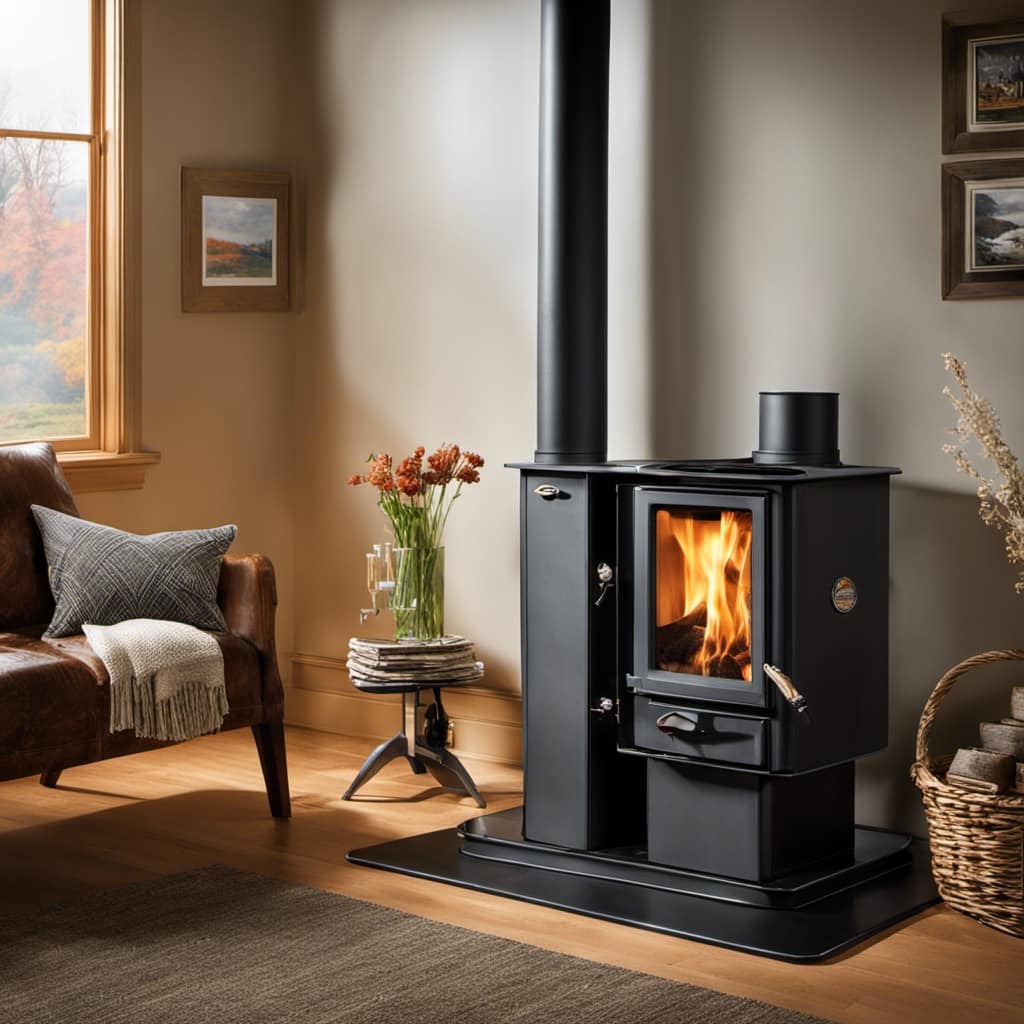
How Long Does It Typically Take for a Lopi Wood Stove to Reach Its Optimal Temperature Range?
On average, it takes about 30 minutes for a Lopi wood stove to reach its optimal temperature range. However, several factors can affect this, such as the type of wood used and the size of the fire.
Can I Adjust the Burning Temperature of My Lopi Wood Stove Based on the Weather Outside?
I can adjust the burning temperature of my Lopi wood stove based on the weather outside. It’s important to consider the weather conditions to ensure optimal performance and efficiency.
Conclusion
In conclusion, maintaining the optimal temperature range for your Lopi wood stove is crucial for efficient and effective heating. By considering factors such as wood quality, draft control, and airflow, you can achieve the perfect balance of heat.
Remember, the temperature control and proper airflow are key to avoid common mistakes and prevent damage to your stove.

So, let your Lopi wood stove burn like a blazing inferno, unleashing a torrent of warmth and comfort into your home.
Growing up surrounded by the vast beauty of nature, Sierra was always drawn to the call of the wild. While others sought the comfort of the familiar, she ventured out, embracing the unpredictable and finding stories in the heartbeat of nature.
At the epicenter of every remarkable venture lies a dynamic team—a fusion of diverse talents, visions, and passions. The essence of Best Small Wood Stoves is crafted and refined by such a trio: Sierra, Logan, and Terra. Their collective expertise has transformed the platform into a leading authority on small wood stoves, radiating warmth and knowledge in equal measure.








